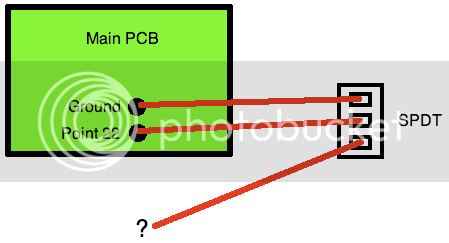Hi Mac,
if you want to have an idea of all the ALL function works, you can use the Bomb Factory BF76 plugin.
although the sound of the plugin is different than hardware units , bomb factory did a great work in capturing the compression characteristics of the 1176.
So try to use the ALL function in the plugin applied to some drums, and then you can make up your mind if you want it. I'm sure if you don't like it in the plugin you will not enjoy also the real one.
regards
if you want to have an idea of all the ALL function works, you can use the Bomb Factory BF76 plugin.
although the sound of the plugin is different than hardware units , bomb factory did a great work in capturing the compression characteristics of the 1176.
So try to use the ALL function in the plugin applied to some drums, and then you can make up your mind if you want it. I'm sure if you don't like it in the plugin you will not enjoy also the real one.
regards





















![Soldering Iron Kit, 120W LED Digital Advanced Solder Iron Soldering Gun kit, 110V Welding Tools, Smart Temperature Control [356℉-932℉], Extra 5pcs Tips, Auto Sleep, Temp Calibration, Orange](https://m.media-amazon.com/images/I/51sFKu9SdeL._SL500_.jpg)












